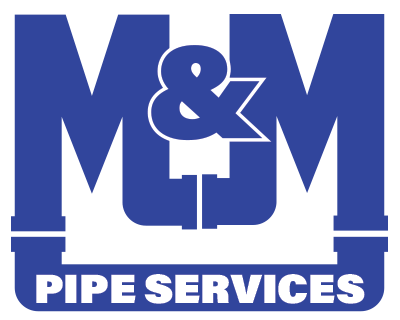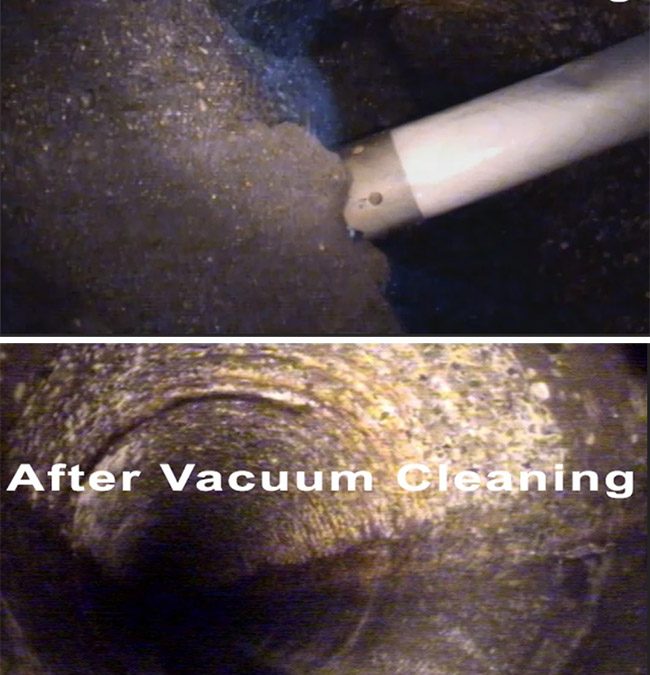CCTV (Closed-Circuit Television) sewer inspections are a critical part of assessing the condition and performance of underground utility pipelines, particularly sewer and stormwater systems. These inspections involve the use of specialized camera equipment to inspect the interior of pipelines and gather valuable data. Here’s what’s typically involved in CCTV sewer inspections:
Camera Equipment:
- High-resolution, waterproof cameras are mounted on wheels or tracked vehicles designed to navigate through pipes. These cameras may have pan-and-tilt capabilities to provide a comprehensive view of the pipe’s interior.
Access Point Setup:
- The inspection team identifies appropriate access points, such as manholes or cleanout openings, to enter the sewer system. These access points serve as entry and exit points for the camera equipment.
Inspection Procedure:
- The camera is attached to a cable or a flexible rod, which is inserted into the sewer or pipeline.
- As the camera travels through the pipeline, it records live video footage and captures images of the interior conditions.
- The operator can remotely control the camera’s movement, including pan, tilt, zoom, and focus, to examine specific areas of interest.
Data Collection:
- During the inspection, the camera captures data related to the pipeline’s condition. This can include identifying cracks, corrosion, blockages, joint separations, root intrusions, debris buildup, and other structural issues.
- The inspection team may also record the size, material, and location of the pipe, as well as any defects or anomalies found.
Real-Time Monitoring:
- The operator typically monitors the live video feed in real-time, making immediate observations and decisions about the condition of the pipeline. This allows for on-the-spot assessments and adjustments to the inspection process.
Documentation:
- The inspection data is documented and recorded for analysis and future reference. This documentation includes video footage, images, and detailed reports about the condition of the pipeline.
- The data is often used to create a comprehensive inspection report, which includes findings, recommendations, and any necessary repairs or maintenance.
Assessment and Analysis:
- After the inspection is complete, the collected data is analyzed to determine the overall condition of the pipeline and the severity of any identified issues.
- The assessment helps prioritize maintenance and repair efforts and informs decisions about rehabilitation or replacement.
Reporting:
- A detailed inspection report is generated and provided to the client, typically a municipal utility or engineering firm, outlining the condition of the pipeline, recommendations for maintenance or repairs, and cost estimates for any necessary work.
CCTV sewer inspections play a crucial role in proactive maintenance and asset management for underground utility infrastructure. They allow utilities to identify problems before they become critical, optimize maintenance schedules, and extend the lifespan of pipelines. Regular inspections help prevent costly and disruptive emergency repairs and ensure the continued reliability of sewer and stormwater systems.


Recent Comments